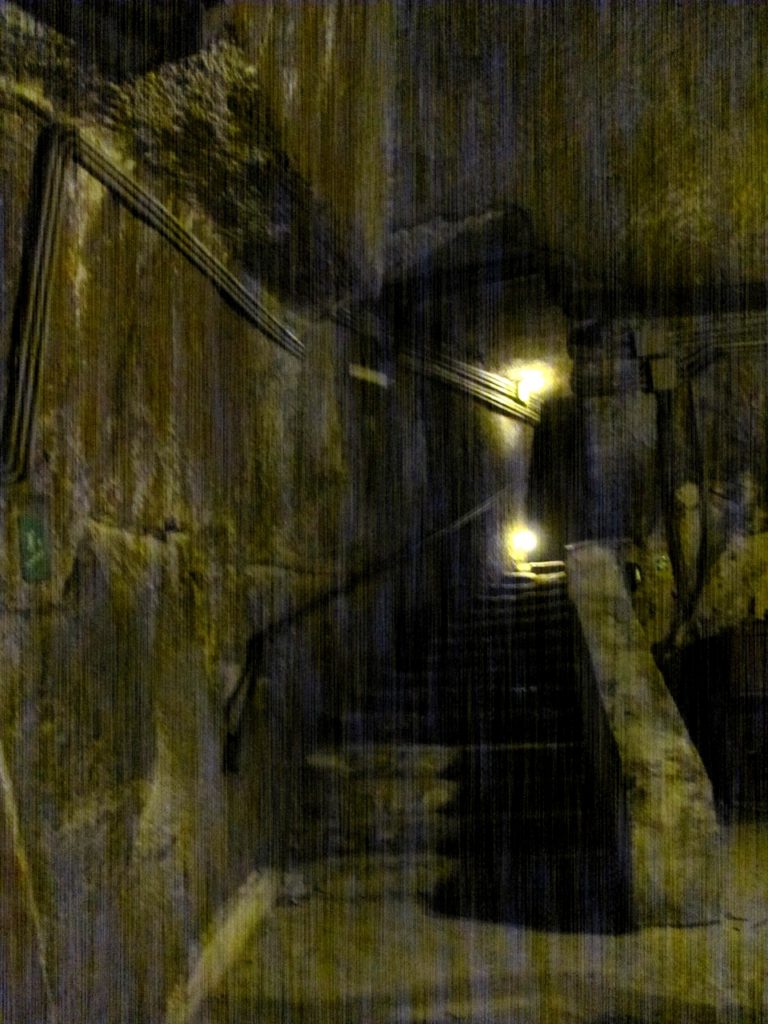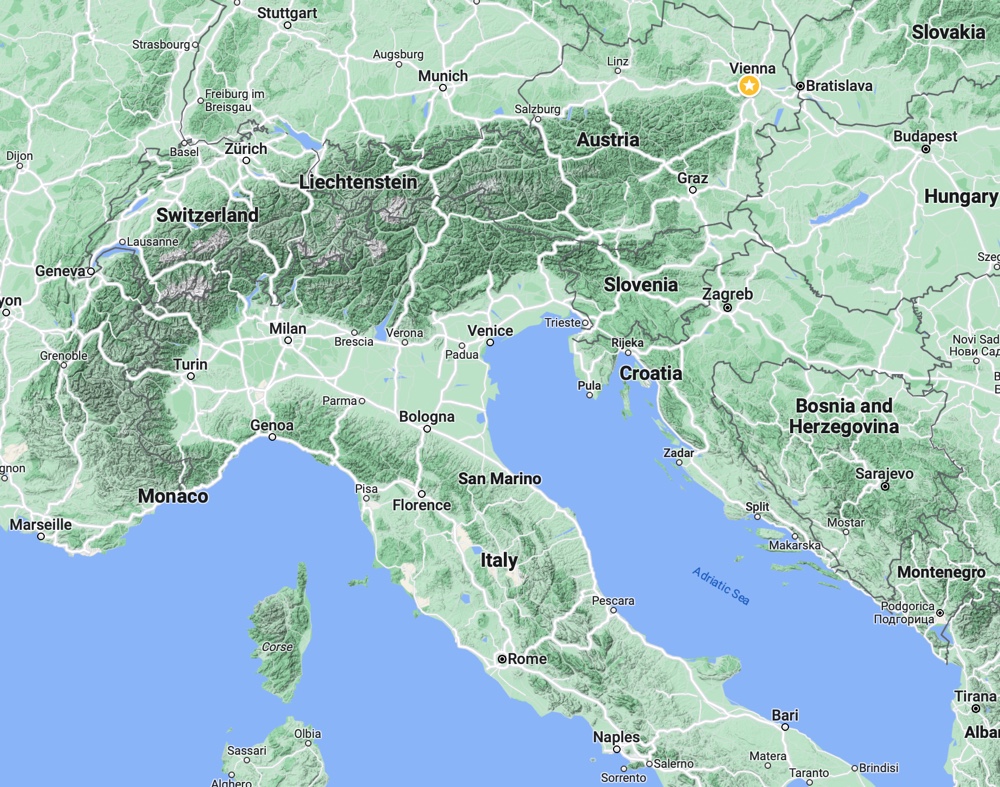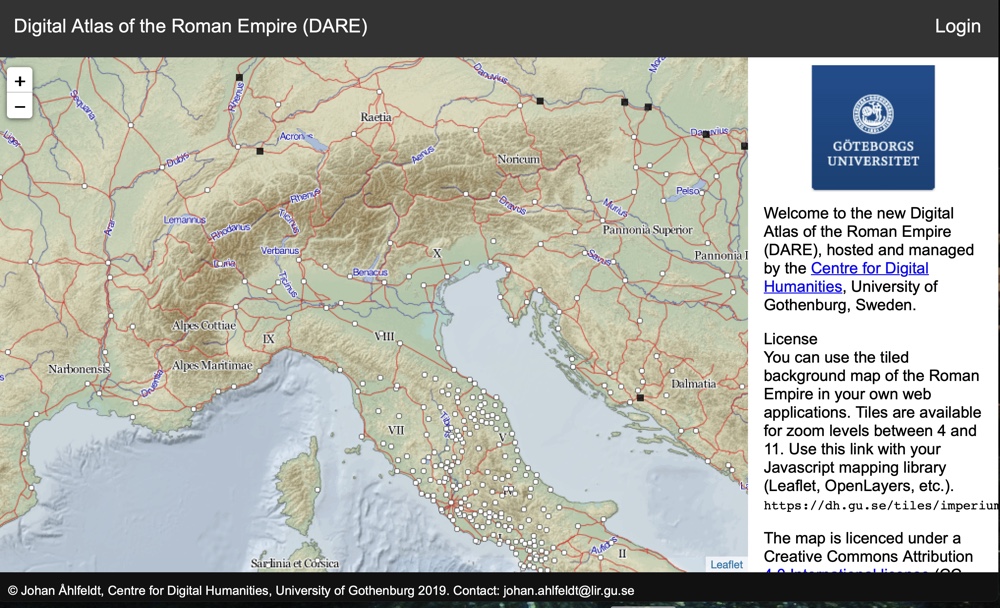To my horror, I spotted that I hadn’t written a post since September. You have my apologies, my sincere ones.
But I have a good excuse. Well, I think it’s a good excuse. I’ve been in the last quarter of the 4th century (again!) but this time at the very end – the crunch time of AD 395.
EXSILUM, the sequel to JULIA PRIMA, stands at 98,000 words in its first draft and I have another 10-15,000 words to go. I had no idea it was going to be so long, but it does describe an epic venture.
I had a really nice schedule mapped out, but unfortunately, Covid 19 intervened which led me to think about plagues ancient and modern. I’m just so pleased I live now and not in the second half of the 2nd century.
Anyway, the schedule was shot, so now I’m racing to catch up.
The second half of the 4th century has not left us a vast number of sources
Ammianus Marcellinus, born c. 330, died c. 391 – 400, a Roman soldier and historian who wrote the penultimate major historical account surviving from antiquity (before Procopius). His work, known as the Res gestae, chronicled the history of Rome from Emperor Nerva in AD 96 to the death of Valens at the disastrous Battle of Adrianople in AD 378, although unfortunately only sections covering AD 353 to 378 survive.
Zosimus (active 490s–510s) was a Greek historian living in Constantinople during the reign of the eastern Roman Emperor Anastasius I (491–518). According to Photius, he was a comes, a count, and held the office of advocate of the imperial treasury. Zosimus was known for condemning Constantine’s rejection of the traditional polytheistic religion.
My favourite modern historian is Peter Heather who has written several works on the fall of the Western Roman Empire. He’s a bit of a rebel as contrary to several historians of the late 20th century, he contends that it was the movements of ‘barbarians’ in the Migration Period which led to the collapse of the Western Roman Empire.
Along with Bryan Ward-Perkins (who also writes good books!) and other University of Oxford scholars, Heather belongs to a new generation of historians who in the early 2000s started to challenge theories on Late Antiquity that had been prevalent since the 1970s. These older theories generally denied the importance of ethnic identity, barbarian migrations and Roman decline in the collapse of the Western Roman Empire.
I recommend these two of his books: The Fall of the Roman Empire: a New History of Rome and the Barbarians (Oxford University Press, 2005) and Christendom: The Triumph of a Religion, AD 300-1300 (Knopf, 2023).
And, of course, I can’t fail to recommend Lionel Casson’s Travel in the Ancient World (John Hopkins Paperbacks, 1994 ed.)
What else? Oh yes, maps again. I know, I’m obsessed with maps as they tells us so much, not only about roads, rivers and general geography, but history and what impact humans have had on the places they have or do live.Whatever did we do without Google Maps for tracing routes, countryside, rivers and mountain passes?
And the wonderful Digital Atlas of the Roman Empire.
Routes often correspond to the Earth’s surface – there is often only one way through the mountains. Romans, of course, just wanted to get troops from A to B and facilitate trade, so produced the familiar straight roads wherever possible. Tracking down place names has been fun, especially when they change over the period of Roman rule.
And then there are the usual: food, clothes, weapons, people’s names, but above all mindset. Romans of the 4th century had some values and behaviour that hadn’t changed from those in G.Julius Caesar’s time. Others most definitely had. But in the 21st century, our focus is again different. Climbing into the mind of a late 4th century Roman is a mind-bending experience in itself!
It’s all coming together now and I hope the new book will be available in ebook and paperback in January. Watch this space for updates!
Alison Morton is the author of Roma Nova thrillers – INCEPTIO, CARINA (novella), PERFIDITAS, SUCCESSIO, AURELIA, NEXUS (novella), INSURRECTIO and RETALIO, and ROMA NOVA EXTRA, a collection of short stories. Audiobooks are available for four of the series. Double Identity, a contemporary conspiracy, starts a new series of thrillers. JULIA PRIMA, a new Roma Nova story set in the late 4th century, is now out.
Download ‘Welcome to Alison Morton’s Thriller Worlds’, a FREE eBook, as a thank you gift when you sign up to Alison’s monthly email update. You’ll also be among the first to know about news and book progress before everybody else, and take part in giveaways.
















The Battle of Frigidus was much more important than Adrianople to the Fall of the Western Empire
Indeed, but we don’t have anything from Ammianus Marcellinus about Frigidus.